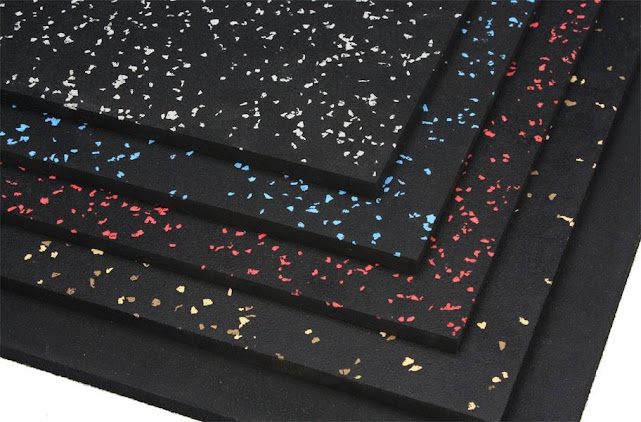Can Gym Flooring attract customers?
The gym is no longer just a place to work out – it's become essential to people's everyday lives. And guess what? What's on the floor might attract or deter customers more than you think. That's why it's essential to choose the right flooring for your gymnasium, and understanding the different types available can help you decide which one is right for you. This article will explore how gym flooring can influence customer attraction and retention and provide tips on choosing the best type for your gym space.
The Different Types of Gym FlooringDifferent types of gym flooring can attract customers because it can provide various benefits that are important to people looking for a place to exercise. For example, some people may look for a softer surface to reduce the impact on their joints, others may look for a more slip-resistant surface, and others may prefer a more cushioned surface to protect their feet and ankles. Different types of flooring can provide all these benefits, making it an essential factor in attracting potential customers.
The Pros and Cons of Gym Exercise Flooring
The debate over what kind of flooring is best for gyms and other exercise facilities is ongoing. Some people believe a hardwood floor is the only way to go, while others contend that a cushioned floor is better for athletes and those working out. Each type of flooring has pros and cons, which ultimately come down to personal preference.
Hardwood floors are typically more expensive than cushioned floors, but they can last longer if properly cared for. Hardwood floors are also easy to clean and maintain, essential in a high-traffic area like a gym. However, hardwood floors can be slippery when wet and may need to provide more cushioning for some athletes.
Cushioned floors are usually less expensive than hardwood floors, but they may need to be replaced more often. Cushioned floors are softer on the feet and provide more cushioning for athletes, which can help reduce injuries. However, cushioned floors can be more challenging to keep clean and may show wear and tear more quickly.
What type of Gym Exercise Flooring is best for attracting customers?
Regarding flooring, there are a few things to consider to ensure you make the best decision for your business. You want to choose a durable, easy-to-clean material that will make your gym look inviting and welcoming to potential customers. Carpeting is often used in gyms because it is soft and cushioned, which can help reduce the impact on joints during workouts. However, carpeting can be challenging to keep clean and free of sweat and bacteria. Tile or rubber flooring are other popular choices for gyms because they are easy to clean and maintain. However, these materials can be complicated and unforgiving on the body, which may not be ideal for some customers. Ultimately, the best type of gym flooring is the one that will best suit the needs of your business and your customers.
How to install Gym Exercise Flooring
Installing flooring is a great way to improve the look of your workout space and make it more comfortable and inviting for customers. Here are some tips on how to install gym flooring:
1. Choose the correct type of flooring. There are many different types of flooring available on the market, so choosing one that best suits your needs is essential. Consider factors such as the type of workout you'll be doing, the amount of traffic your gym gets, and your budget when selecting.
2. Prep the surface. Once you've selected your flooring, make sure the surface it will be installed on is clean and level, and this will help ensure a smooth, professional-looking installation.
3. Measure and cut the pieces. Gym exercise flooring often comes in interlocking tiles or large rolls, so you'll need to measure and cut the pieces to fit your space before installing them.
4. Installation. Install the flooring according to the manufacturer's instructions. It is essential to ensure that your warranty remains valid.
5. Trimming Finish up by trimming any excess material and sealing the edges of the flooring with caulking or another sealant agent.
Conclusion
This flooring is mainly used in gyms to protect the equipment from damage and protect people from injury. A gym flooring provides the primary surface for sports and exercise activities in the gymnasium.
It needs to be slip-resistant and durable and should comply with health regulations. It can be made of vinyl, rubber or other materials.
There are many different types of gym floors that have their specific purposes and functions.




Comments
Post a Comment